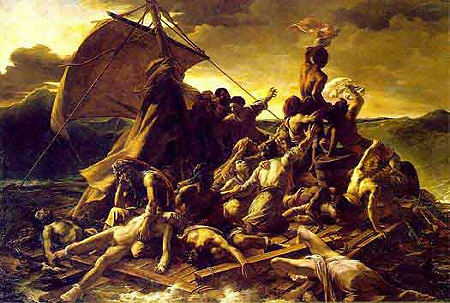Song
to Celia
By BEN JONSON (1572-1637)
Drink to me only with thine eyes,
And I will pledge with mine;
Or leave a kiss but in the cup,
And I’ll not look for wine.
The thirst that from the soul doth rise
Doth ask a drink divine;
But might I of Jove’s nectar sup,
I would not change for thine.
I sent thee late a rosy wreath,
Not so much honouring thee
As giving it a hope, that there
It could not withered be.
But thou thereon didst only breathe,
And sent’st it back to me;
Since when it grows, and smells, I swear,
Not of itself, but thee.
Although more famous as a song, this poem, first
published in 1616, is by far the best-known work of the English playwright and
poet Ben Jonson.
The first half of the poem is a witty series of
variations on the lover’s pledge. Traditionally, a lover would toast his or her
love and drink a glass of wine; here, the poet asks only for a pledge from
Celia’s eyes—a loving look—that he promises to return in kind. He
says that if she leaves a kiss in the cup, he will have no need for the wine
but we can’t be sure how much Celia
likes the speaker. The thirst that he mentions in line five is not literal
but for love.
He tells us about how he sent her a
wreath of flowers once, but she returned it. Even though she returned it, it
never wilted. Somehow, Celia breathing on the wreath has given it eternal life.
There is a marked contrast between
the first and second stanza. In the first one the poet is making light-hearted
and witty remarks to the lady he admires but the second one becomes more
serious. The rejected wreath he has sent
is something more concrete.
I'm listening to Landslide by the Dixie Chicks. I think it's better than the Fleetwood Mac original version. Have a listen here!
